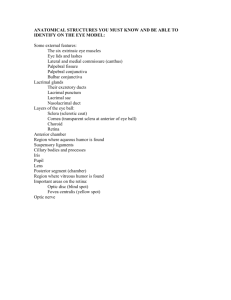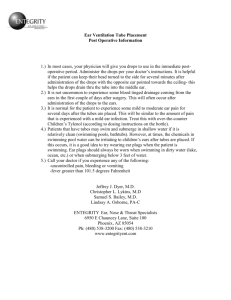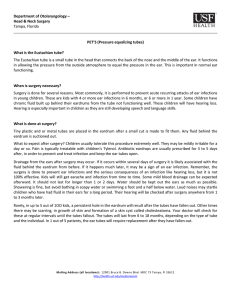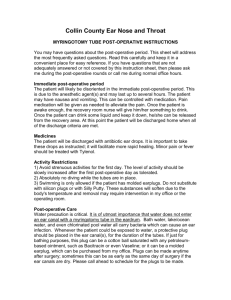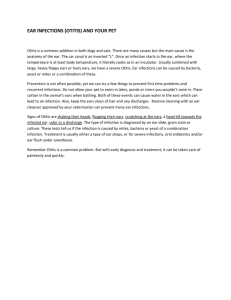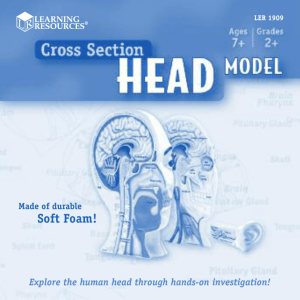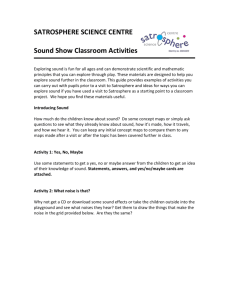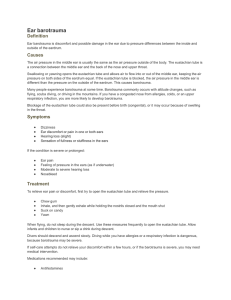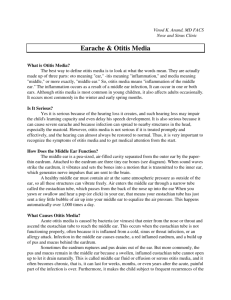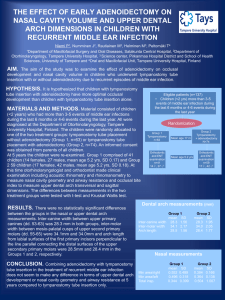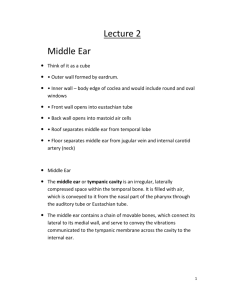Postoperative Instructions - PET
advertisement
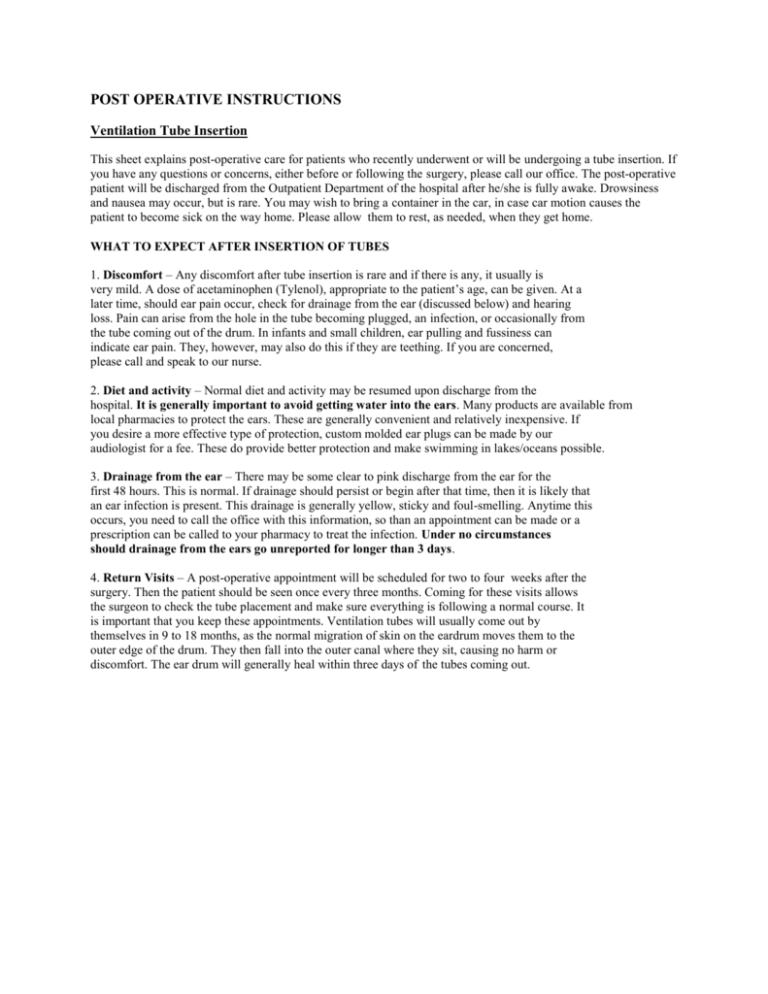
POST OPERATIVE INSTRUCTIONS Ventilation Tube Insertion This sheet explains post-operative care for patients who recently underwent or will be undergoing a tube insertion. If you have any questions or concerns, either before or following the surgery, please call our office. The post-operative patient will be discharged from the Outpatient Department of the hospital after he/she is fully awake. Drowsiness and nausea may occur, but is rare. You may wish to bring a container in the car, in case car motion causes the patient to become sick on the way home. Please allow them to rest, as needed, when they get home. WHAT TO EXPECT AFTER INSERTION OF TUBES 1. Discomfort – Any discomfort after tube insertion is rare and if there is any, it usually is very mild. A dose of acetaminophen (Tylenol), appropriate to the patient’s age, can be given. At a later time, should ear pain occur, check for drainage from the ear (discussed below) and hearing loss. Pain can arise from the hole in the tube becoming plugged, an infection, or occasionally from the tube coming out of the drum. In infants and small children, ear pulling and fussiness can indicate ear pain. They, however, may also do this if they are teething. If you are concerned, please call and speak to our nurse. 2. Diet and activity – Normal diet and activity may be resumed upon discharge from the hospital. It is generally important to avoid getting water into the ears. Many products are available from local pharmacies to protect the ears. These are generally convenient and relatively inexpensive. If you desire a more effective type of protection, custom molded ear plugs can be made by our audiologist for a fee. These do provide better protection and make swimming in lakes/oceans possible. 3. Drainage from the ear – There may be some clear to pink discharge from the ear for the first 48 hours. This is normal. If drainage should persist or begin after that time, then it is likely that an ear infection is present. This drainage is generally yellow, sticky and foul-smelling. Anytime this occurs, you need to call the office with this information, so than an appointment can be made or a prescription can be called to your pharmacy to treat the infection. Under no circumstances should drainage from the ears go unreported for longer than 3 days. 4. Return Visits – A post-operative appointment will be scheduled for two to four weeks after the surgery. Then the patient should be seen once every three months. Coming for these visits allows the surgeon to check the tube placement and make sure everything is following a normal course. It is important that you keep these appointments. Ventilation tubes will usually come out by themselves in 9 to 18 months, as the normal migration of skin on the eardrum moves them to the outer edge of the drum. They then fall into the outer canal where they sit, causing no harm or discomfort. The ear drum will generally heal within three days of the tubes coming out.
